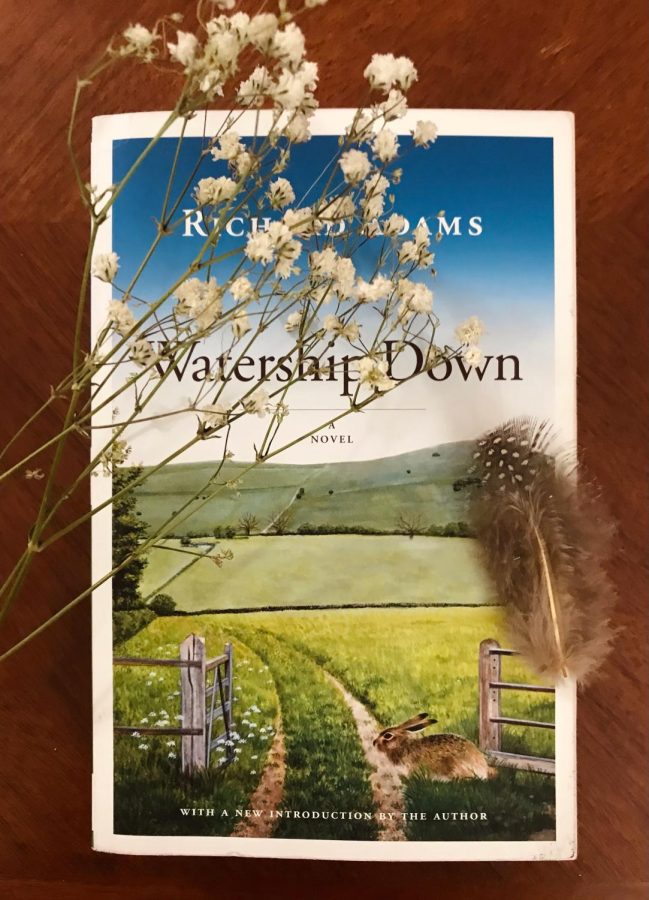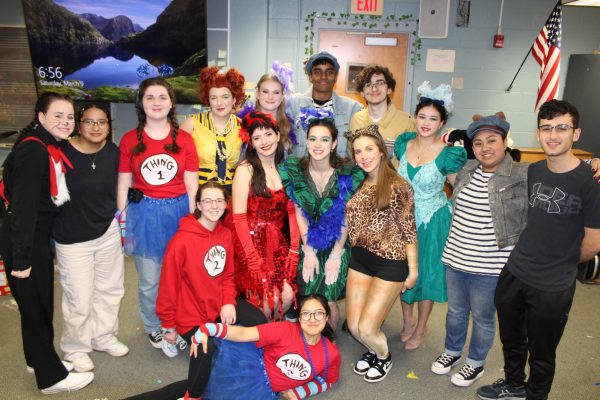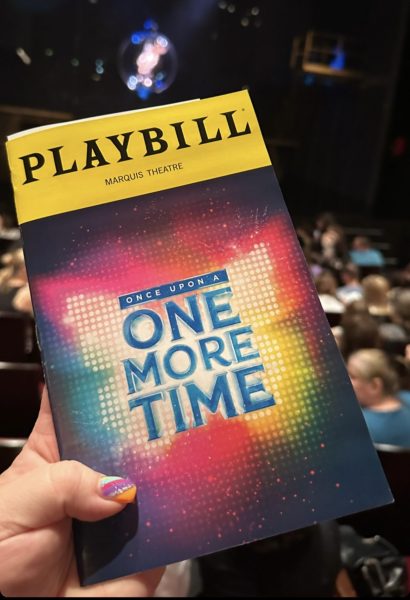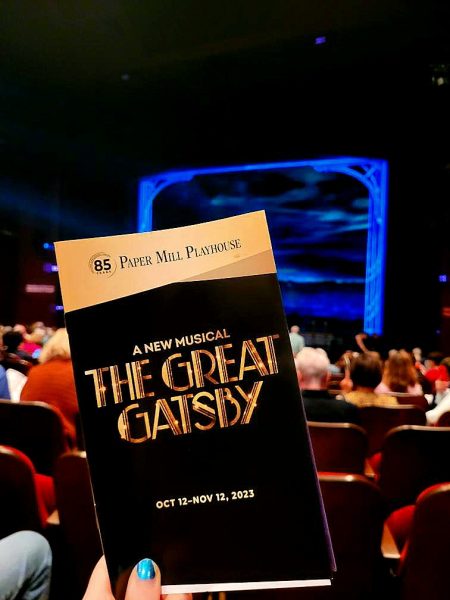Yu’s Reviews: Disguised as a Fable ‘Watership Down’ Conveys Complex Themes
When someone sees that a book is about a cuddly animal such as a rabbit, they would usually be inclined to assume it is a story for children. However, Watership Down by Richard Adams is anything but. Instead, it acts almost like a modern fable, with themes of friendship, determination, and leadership.
The story begins with Fiver, a rabbit who was considered the runt of his litter, telling his brother Hazel of a terrible vision he received, foretelling the destruction of their warren, Sandleford. However, the leader of their warren completely disregards their warning, and is unwilling to make Sandleford leave their home. Hazel and Fiver eventually convince several other rabbits to come with them in search of a new home, and Hazel eventually gains more of a leadership role (as compared to when he was much more insignificant when living in Sandleford).
The group of rabbits survive using the skills they have, such as the strength of the former guards, Bigwig and Silver, and intelligence of Hazel and Blackberry. On the way to their new home warren in the Watership Down, they encounter many dangers and traps (like a warren surrounded by a farmer’s snares). Fiver’s intuition saves them on numerous occasions, including later run-ins with a nearby totalitarian warren, called Efrafa, and a farmer. By the end of the story, the rabbits of Watership Down have established themselves as a prosperous home, with the “veterans” of their voyage, such as Hazel and Bigwig, becoming legends in their own right.
By having their own culture, the rabbits seem to function in a way that is both believable and interesting. The main plot is intertwined with folktales of the rabbits’ mythological hero, El-ahrairah, who uses his wits to outsmart predators and to even trick the deities of their stories. In all the warrens they encounter, storytellers have immense importance in the rabbits’ daily lives, giving them time to bond together as well as bringing hope during difficult times. In fact, many of Hazel and his friends’ actions and decisions throughout the plot mirror those of El-ahrairah, meaning their own stories are not merely entertainment, but a model for bravery, resourcefulness, and determination. In addition to stories, the rabbits do have their own language (called Lapine– there is even a glossary of terms) and social structure which adds even more depth to their world. For instance, most warrens have a “guard” class called the Owsla, standing in contrast even to the more militaristic Efrafa rabbits.
The origins of this story are particularly interesting; it started out as a story that the author, Adams, used to tell to his daughters, which he eventually wrote down and completed. Many readers have drawn parallels between The Odyssey and the journey taken by the rabbits in this novel, and themes of freedom versus tyranny and blind faith are highly present through the struggles of many of the characters. Though they may only be rabbits, the characters in this book convey far deeper meaning than what the cover may seem to depict










